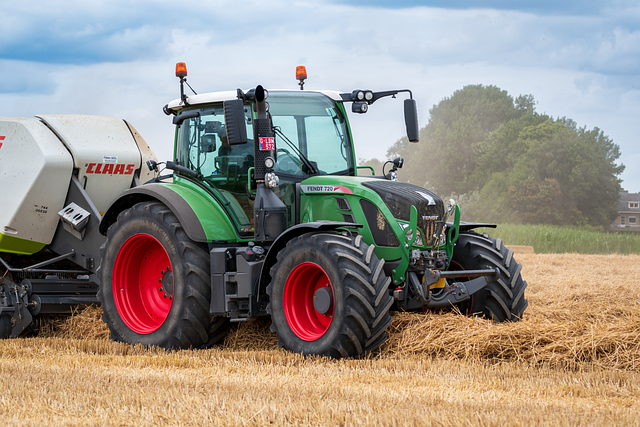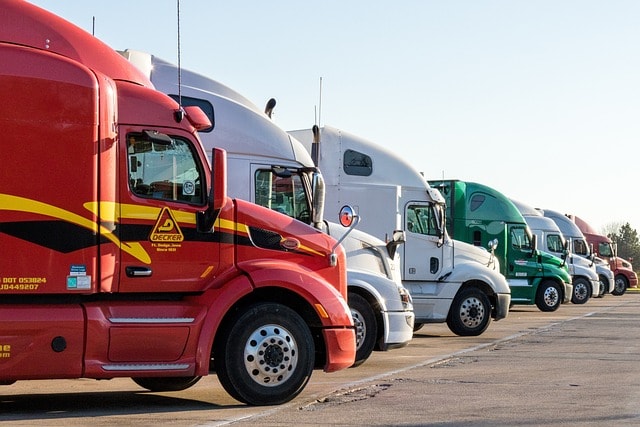As a small business owner I know how important it is to have the right equipment to keep things running. But financing that equipment can be a minefield and we all fall into the same traps.
Here I’ll share 5 mistakes I’ve seen small businesses make with equipment finance along with some Australian market stats to put it all into perspective.

1. Not considering the Total Cost of Ownership
One of the biggest mistakes I see is only looking at the upfront cost or monthly payments and not the total cost of ownership (TCO). This includes maintenance, insurance, training and downtime.
According to a 2023 EFLA report 37% of small businesses underestimate their equipment’s TCO by 20% or more. This oversight can lead to unexpected expenses and cash flow problems down the track. To avoid this mistake I recommend doing a full TCO analysis before making any financing decisions. Factor in all costs over the equipment’s life not just the purchase price.
2. Choosing the wrong type of finance
With so many options available it’s easy to choose one that’s not right for your business. Common choices are chattel mortgages, finance leases and operating leases each with their own pros and cons.
The Australian Bureau of Statistics (ABS) reported that in the 2022-23 financial year 45% of small businesses used some form of external finance to buy equipment. But a survey by the Australian Small Business and Family Enterprise Ombudsman found 28% of those businesses later regretted their choice of finance.
To make the right choice consider tax implications, balance sheet impact and whether you want to own the equipment at the end of the term. Don’t be afraid to talk to a financial advisor or a small business equipment finance specialist to work out which option is right for you.

3. Not shopping around
In my experience many small business owners stick with their main bank for equipment finance without shopping around. While this may seem convenient it can mean missing out on better rates or terms.
According to the Reserve Bank of Australia interest rates for equipment finance can vary by up to 4% between lenders. On a $100,000 loan over 5 years that’s thousands of dollars in interest.
Take the time to compare offers from multiple lenders, including banks, non-bank lenders and specialist equipment finance companies (a commercial finance broker can assist with this). Online comparison tools are a great starting point but don’t forget to negotiate directly with lenders as well.
4. Not considering flexibility and future needs
When getting equipment finance it’s easy to focus on the here and now without thinking about how your business will evolve. This short sightedness can lead to inflexible arrangements that don’t cater for growth or changing needs.
A 2023 Australian Industry Group study found 62% of small businesses had significant changes in their equipment needs within 3 years of a major purchase. But only 33% had finance arrangements that allowed for upgrades or additions.
When negotiating your finance agreement consider:
-
Flexible repayment terms
-
Ability to upgrade equipment mid-term
-
Options to add or remove equipment from the agreement
-
Early payout options without penalty
Remember your business is dynamic and your equipment finance should be too.

5. Not using tax benefits
Lastly I’ve noticed many small business owners aren’t aware of the tax benefits of equipment finance. This oversight can mean missing out on thousands of dollars in savings.
The Australian Taxation Office (ATO) offers several incentives for businesses investing in equipment. For example the instant asset write-off allows eligible businesses to claim an immediate deduction for the business use percentage of the asset in the year the asset is first used or installed ready for use.
In the 2021-22 financial year the ATO reported only 48% of eligible small businesses used all available tax incentives for equipment purchases. So many businesses are leaving money on the table.
To get the most tax benefits:
-
Keep records of all equipment purchases and costs
-
Know the depreciation rules for different types of equipment
-
Consider the timing of your purchases in the financial year
-
Talk to a tax professional to make sure you’re claiming everything you can
By avoiding these 5 mistakes you’ll make better equipment finance decisions for your business. Remember equipment financing isn’t just about buying assets it’s about investing in your business’s future.
As the small business landscape changes stay in touch with your asset finance broker to ensure you’re getting the best rates and terms. The right equipment finance will be the foundation for growth, efficiency and long term success.

